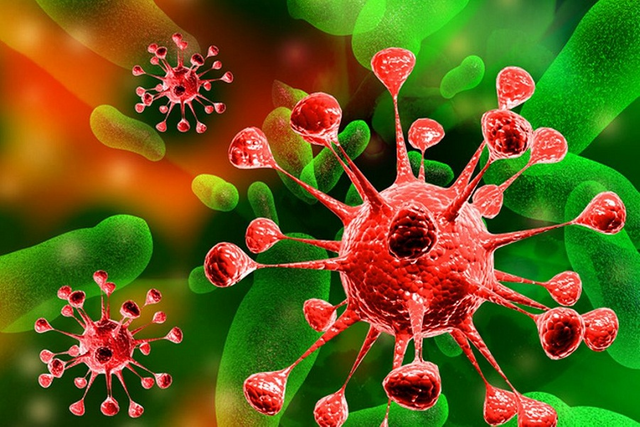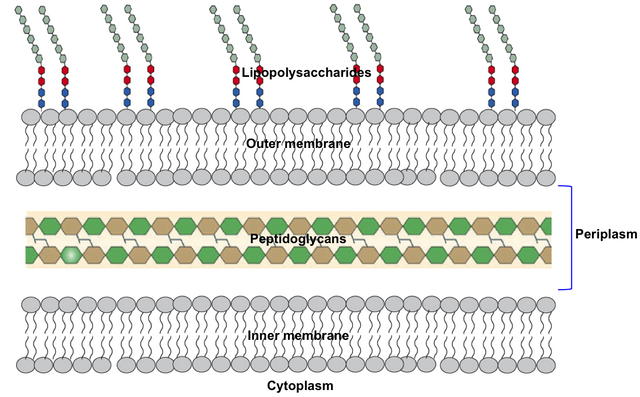Discuss about germs - episode-3

Bacterial structural properties
In this episode, we will discuss the structural properties of bacteria. From the previous episode, you know that bacterial single-celled Bioactive particles Enhanced organisms-that's the sum of many small cells. So the question that comes to mind is that there is any difference in the cells of the advanced organism with bacterial cells? The correct answer is: Yes. There is a great difference between formative, structural, and functional bacteria in bacteria and advanced living cells. One of the main reasons for this is the diverse habitats of bacteria. In addition to the general environment, at a temperature of 100 degree warming, at the depth of 8-10 kilometers of the ocean, Their spontaneous expansion in polar ice or other organs of other advanced organisms. And in order to adapt to these different environments, the outer covering of bacterial cells is very complex and strong. For this strong outer cover, turgor pressure bacteria can easily mitigate cholesterol and surrounding cytoplasm. Although the cover does not interfere with entering the absorbent material of the cell.
To say that the external structure of the bacterial cell is manifold according to the need to comply with the habitat. In the year 1884, about a hundred years ago, in the research of the Danish scientist Hans Christian Joachim Gram bacteriologic microscope, in 1884, some bacteria were easily rancid (Gram staining) Gram-positive of all these bacteria and the bacteria that are not dyed in that color, they are gram-negative He renibhukta. Even today, gram staining is widely used for bacterial identification and categorization. But for some reason the bacteria Gram-positive and others did not have the correct idea of Christian Village on the Gram-negative.

(Photo: Bacterial cell covering)
Subsequently, after the discovery of electron microscopy, it is possible to know many new information about the external structure of bacteria. There is a cell membrane similar to our cell around bacterial cell cells or cytoplasm. This cell membrane is made up of two phospho-lipid layers. But this is not the end here. There are two more types of bacterial cell-screen outside! The cell wall surrounding the cell is called the inner membrane, The posterior layer of the cell is called the cell wall and at the end there is another cell-screen called the outer membrane. Periplasm is a space between the interstitial cell and outer cell membrane. External cell screen can be seen only in gram-negative bacteria. In gram-negative bacteria, periplasm is very large, and it can be up to 40 percent of the total cell size. Gram-positive bacteria do not have external cell-screen, so the short space between the interstitial cell wall and the cell wall is periplasm. Now the question is, what happens in periplasm? periplasm is like a cytoplasm? The answer is yes and no! What is in periplasm? periplasm is like a cytoplasm? The answer is yes and no! What is in periplasm? periplasm is like a cytoplasm? The answer is yes and no!
The main ingredient of periplasm is hydrolyzed fluid and proteins, much like cellulose or cytoplasm. However, protein is not made in periplasm because it does not contain a protein-containing protein called ribosomes. Through the intermediate cell screen, the proteins and other essential substances selected by the well-regulated method are exported from cellulose to peripals. The role of periplasm in the role of coordination of the bacteria cell with the external world - in the various aspects of protection, mobility, defense etc. is immense.
There is no cell wall, periplasm or external cell screen in our cells. So it is necessary to say that compared to our cells, the extra defense of the bacteria cells is much more organized!